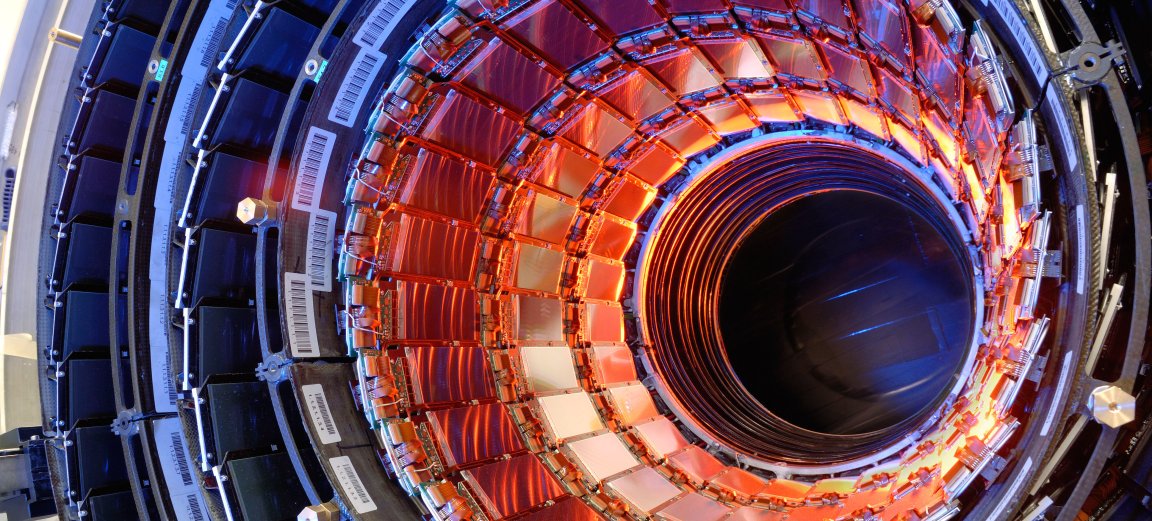
50 Years of Quarks
Carefully eluding the attention of scientists for several decades, the pentaquark – a subatomic particle made of four quarks and an antiquark – has finally been discovered. This new state of matter was found by the European Center for Nuclear Research (CERN) through the use of their Large Hadron Collider (LHC), the largest and most advanced particle accelerator in the world. Their LHCb (LHC beauty) experiments specialize in analyzing the differences between matter and antimatter. Although scientists have theorized the pentaquark’s existence from as early as the 1960s, experiments that claimed its existence in the early 2000s were disproved, discouraging scientists from believing that such a particle existed. However, scientists at CERN have established its existence without a doubt.

A Theoretical Combination
Quarks are subatomic particles that exist in six variations, coined as up, down, strange, charm, top, and bottom. They bond in different combinations in order to form particles such as neutrons and protons, each having three quarks. The three-quark combinations theoretically allowed particles like the pentaquark to exist since an antiquark was effectively the anti-mass of a quark, so having four quarks and an antiquark resulted in a net total of three quarks. Scientists at CERN discovered the pentaquark by studying the decay of a subatomic particle called Lambda B baryon into three other particles. They found that during the transformation, the particles would enter intermediate states (named Pc(4450)+ and Pc(4380)+) that could only be explained by the pentaquark state. “We are transforming this problem from a one-dimensional to a five-dimensional one…we are able to describe everything that happens in the decay,” says Dr. Koppenburg, who has been analyzing the existence of pentaquarks since 2012.

How Pentaquarks Affect the Universe
Although some scientists are skeptical about the existence of pentaquarks given previously invalidated experiments about them, CERN is certain about the particle. “Benefitting from the large data set provided by the LHC, and the excellent provision of our detector, we have examined all possibilities for these signals, and conclude that they can only be explained by pentaquark states,” says LHCb physicist Tomasz Skwarnicki.
LHCb spokesperson Guy Wilkinson emphasizes how revolutionary this breakthrough is after over fifty years of research on quarks. “Studying its properties may allow us to understand better how ordinary matter, the protons and neutrons from which we’re all made, is constituted,” says Wilkinson. “One place where pentaquarks may be relevant is when stars collapse and form neutron stars, the final stage of collapse before some go on to make black holes. In that environment, it’s quite possible that pentaquarks are formed, and if that’s so, it could have significant consequences for what happens to the stars, what they look like, and what is their ultimate fate.”
Sources: Daily Mail, The Verge, BBC
Image Credit: Gizmodo, CERN/LHCb, NASA